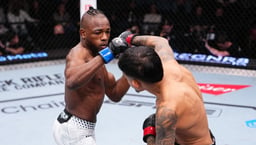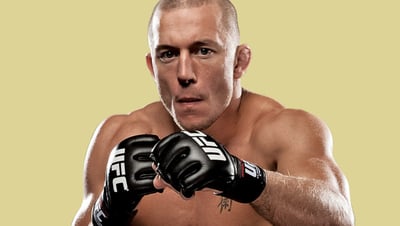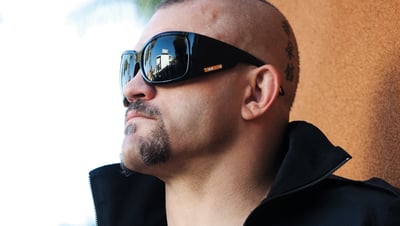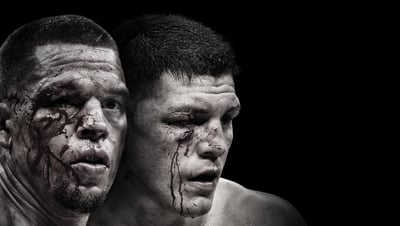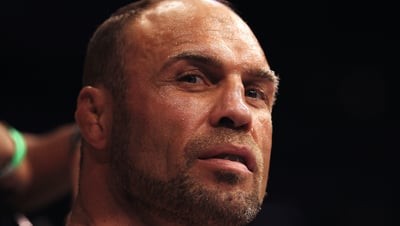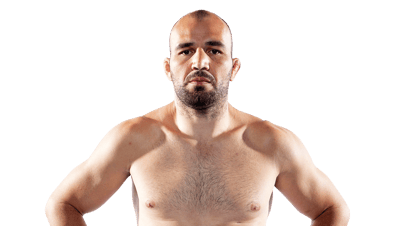
Issue 217
May 2025
Before championship belts were on the line, the world's greatest fighters were locked in their own battles. We delve into the gritty and inspiring MMA origin stories that forged these warriors into the legends they are today.
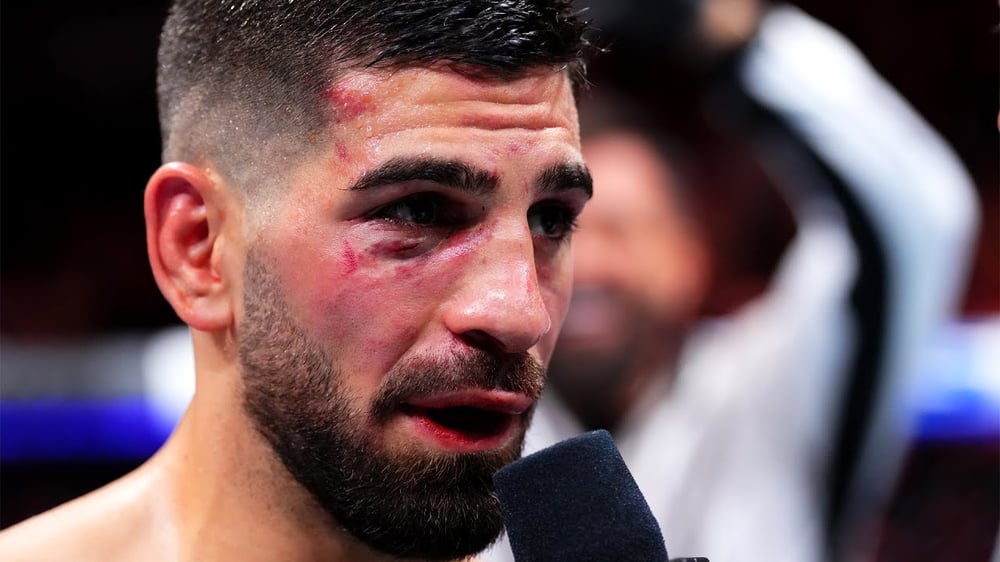
ILIA TOPURIA – ROOTED IN RESILIENCE
Ilia Topuria’s story didn’t begin in Spain or even Georgia. It began in Halle, Germany, where he was born in 1997 to Georgian parents who had fled post-Soviet instability. When he was just seven, the family returned to Georgia, where the seeds of his fight story were planted. In the rugged terrain of his homeland, Topuria discovered Greco-Roman wrestling, a style that forged his iron-fast mentality. But there was more hardship to come. At 15, the Topurias relocated to Alicante, Spain. It was meant to be a fresh start, but it came with struggle because Ilia didn’t speak Spanish, and the family had no money.
“We didn’t have beds,” he recalled on The MMA Hour. “We slept on the mats at the gym because that’s where we trained. My brother and I cleaned toilets so we could keep training. It was all we had.”
Spain gave him hardship, but also a sense of purpose. School, however, felt like a roadblock. At 15, Ilia and his brother sat down with their father and made a life-altering decision to leave school to focus on fighting.
“He told me, ‘If you’re really going to train all the time like you say, you have my approval,’” Ilia later said. “That’s one of the reasons I made my UFC debut at such a young age.”
Despite the culture shock, Topuria saw MMA as the key to everything. He immersed himself in jiu jitsu and rapidly climbed the ranks. His early days fighting in regional circuits were far from glamorous. He took short-notice fights. Faced heavier opponents. Sometimes he had to cut weight alone, but the undefeated record became hard to ignore.
By the time he made his UFC debut in 2020, Topuria was more than ready. Stepping in on five days’ notice, he dismantled Youssef Zalal and announced himself as a featherweight force. He followed that up with increasingly dominant performances, blending his grappling base with terrifying knockout power. “People thought I was just a grappler,” he smirked during a Spanish-language presser. “Now they know I can take your head off, too.”
But his rise wasn’t just about putting his skills to the test. It was about pride. Topuria identifies equally as Georgian and Spanish, representing both flags.
“I am not one country. I am two hearts. And both are fighting for the belt.”
As of 2024, he remains undefeated. For someone who once had to beg for gym time and sweep mats just to train, standing on the brink of UFC double gold is a victory for every moment he was counted out and refused to quit.
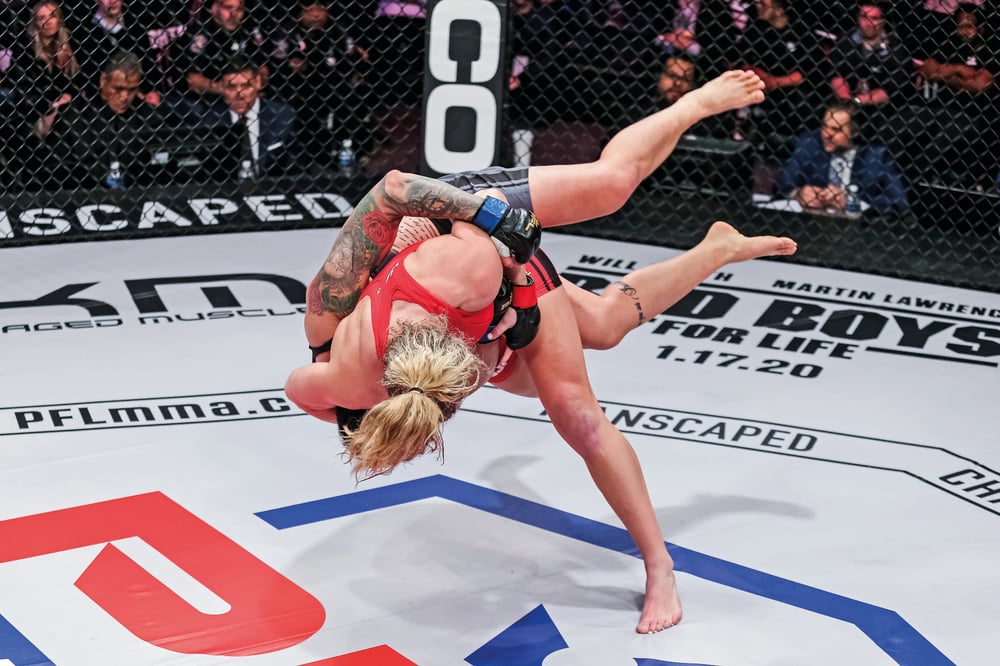
KAYLA HARRISON – BUILT FROM GOLD
Kayla Harrison was born in Middletown, Ohio, on July 2, 1990. While she wasn’t born a champion, but she was born to fight. At just six years old, her mother, who held a black belt in judo, introduced her to the mats. What began as a way to burn off energy quickly became a calling. By 15, she was already a national champion. Her father had left when she was a child, and that absence left a silence in her life that judo tried to fill. However, behind the trophies was a storm no young girl should ever have to weather. At 16, Harrison came forward with the revelation that her first judo coach had been sexually abusing her. The trauma could have broken her. Instead, it steeled her resolve. She moved over 800 miles away to Boston to train under legendary coach Jimmy Pedro and his father, Jimmy Pedro Sr. These are two names synonymous with the highest levels of American judo.
“They gave me back my life,” she said years later. “They taught me how to be strong again.”
However, that strength didn’t just mean medals. It meant waking up to confront her past every day, staying focused through trauma, and training twice a day in a sport where Americans rarely reached the top. Living in a dorm above Pedro’s dojo in Wakefield, Massachusetts, she scraped by on modest stipends, cleaned mats, and battled homesickness. Still, she stayed the course. At 18, she won the junior world title. At 20, she took bronze at the senior world championships. Then came 2010. Harrison shocked the world by winning gold at the World Judo Championships in Tokyo, the first American woman in history to do so. Two years later, she etched her name into Olympic history at the London Games, standing atop the podium with tears in her eyes.
“I survived. I conquered. I’m proud of who I am,” she told NBC after winning gold. She wasn’t just a fighter anymore. She was a symbol of survival.
In 2016, she defended her Olympic title in Rio, becoming the first American to win back-to-back Olympic golds in judo. But with judo conquered, a new question lingered in her mind: What’s next?
“I needed a new mountain,” she said. “I’d become the best in my sport. Now I wanted to become the best fighter in the world.”
While the cameras were still focused on her Olympic victories, Harrison had already begun exploring MMA in the background. When she signed her first professional MMA contract, she brought history. A survivor. A two-time Olympic champion. A woman who had taken unimaginable pain and turned it into something unstoppable. Before the walkouts, before the cage, before the belts, Kayla Harrison had already won the fight that mattered most.
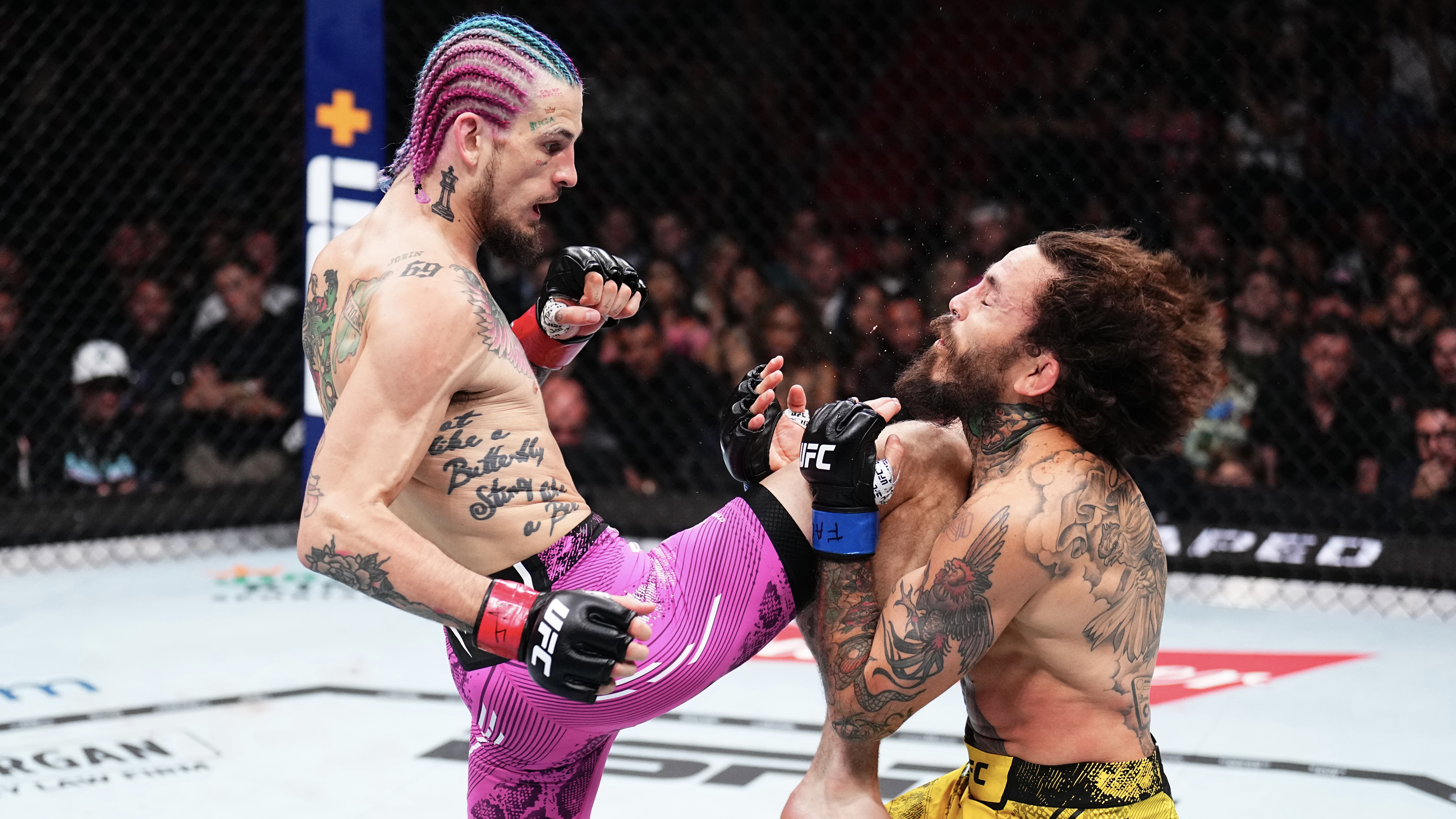
SEAN O’MALLEY – MAKING THE SUGAR SHOW
Before Sean O’Malley lit up the UFC with rainbow braids, he was a lanky misfit in Montana trying to make sense of himself. Born in Helena in 1994 to a police officer father and a nurse mother, O’Malley didn’t exactly thrive in the structured world of school or team sports.
“I hated school,” he said on the In Search of Excellence podcast. “I was never a popular kid and didn’t fit in with the sports guys.”
He didn’t flunk out, but didn’t see the point of sticking around either. He eventually dropped out and earned his GED, not to slack off, but to chase something that finally made sense: fighting. At 16, a friend dragged him into a local gym. Jiu jitsu didn’t click. But something shifted the first time he threw a kick in a striking class.
“Kickboxing gave me confidence,” he said. “It made me feel like I could be good at something.”
He trained obsessively, absorbing hours of footage, copying movement patterns, and dreaming of something bigger. He wanted to fight, not just for a living, but as a lifestyle.
By 18, MMA consumed him so much that everything else fell away. He bounced between friends’ couches, worked odd jobs, and lived on cheap calories to afford training.
“People don’t understand, there was no plan B,” he told Full Send in another interview. “I was going to make it or die trying.”
He scraped together a record on Montana’s regional fight scene, stringing together early finishes and drawing attention for his walk-off knockouts, and a style that felt more street art than grindhouse. Eventually, O’Malley packed a bag and drove to Arizona, hoping to find better coaching and bigger opportunities. He landed at The MMA Lab in Glendale and immersed himself in a higher level of structure. That move proved critical. When Legacy Fighting Alliance gave him a shot in 2017, he flatlined David Nuzzo with a walk-off right hand that got plenty of attention. Dana White took notice. The Contender Series came calling.
“That knockout went viral,” O’Malley recalled. “Next thing I know, I’m on the Contender Series and Snoop Dogg is going crazy.”
That’s where the Sugar Show officially launched. But its foundations? Those were built in frozen gyms, on floors he slept on, in jobs he hated, and inside a teenage mind convinced that greatness wasn’t given, it was taken.
...

